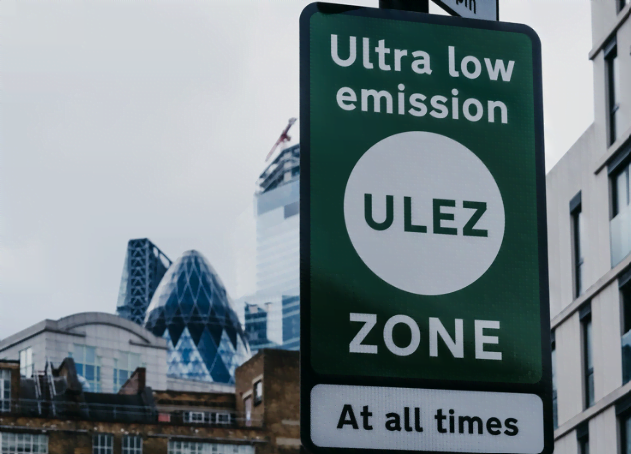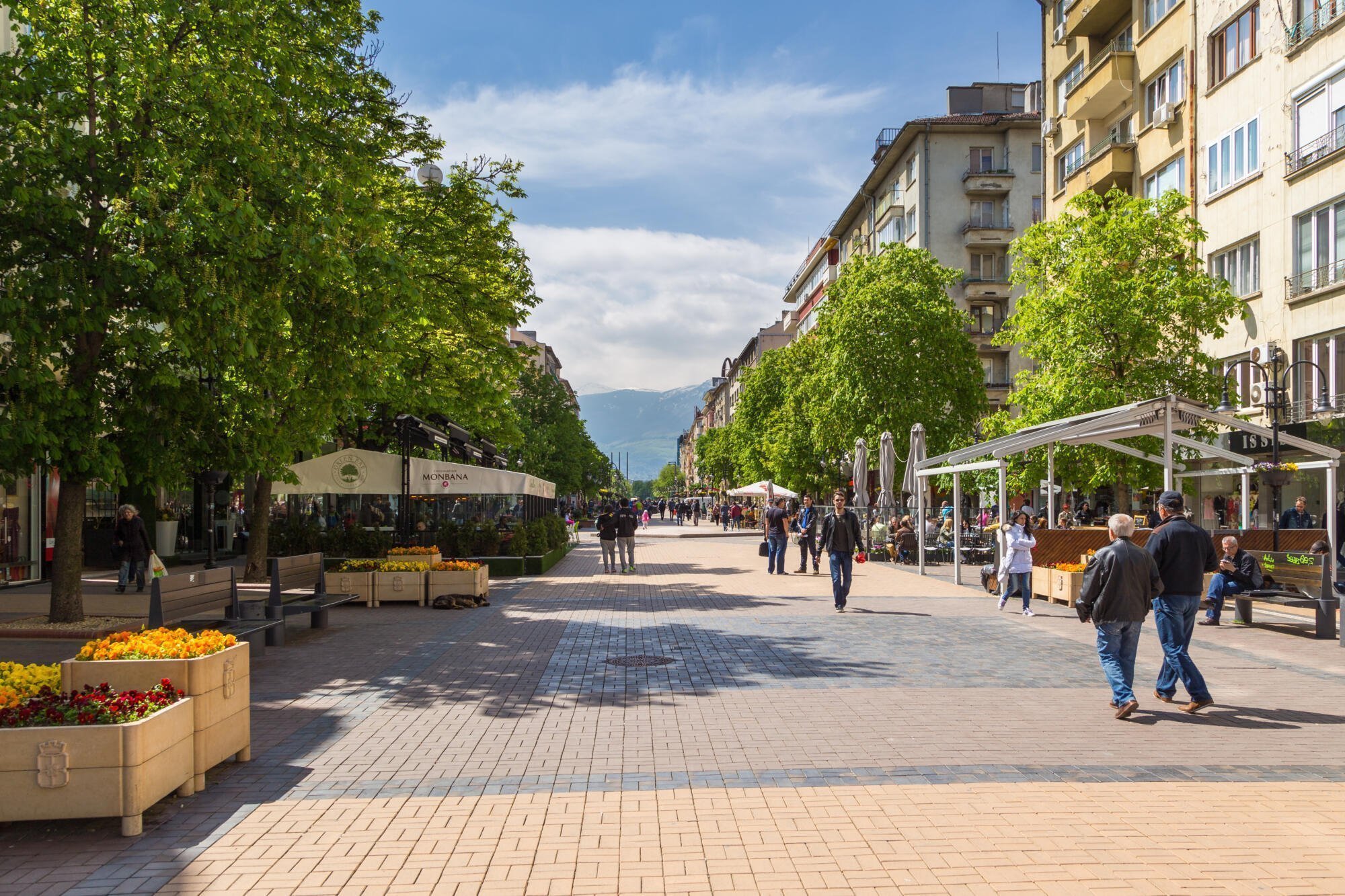UVARs: present and future
As we wrap up some of our amazing projects on UVAR - Urban Vehicle Access Regulations this year, we reflect on what has been achieved and what lies in store for the future, with some words from project representatives.
When thinking of how we can walk the path to achieve clean, safe, and sustainable urban mobility, Urban Vehicle Access Regulations (UVARs) play an essential role. Broadly defined as ‘measures to regulate motor vehicular access to urban infrastructure’, they are a useful tool to support cities in becoming healthier spaces for their inhabitants and to reduce climate impacts due to transport-related issues.
POLIS has been involved in several projects that have sought to explore solutions to some of these challenges and to maximise the effectiveness of UVARs, developing best practices and utilising different cities across Europe as pilots. These initiatives include ReVeAL, UVAR Box & UVAR Exchange, and Dynaxbility4CE. As these projects draw to a close this year, it becomes vital to reflect on what has been achieved, as well as what lies in store for the future of UVAR in the wake of new technological advancements. We thus turn to the City of Amsterdam’s Code the Streets pilot as a best practice example of dynamically applying UVAR in a digital format.
Urban Vehicle Access Regulations (UVARs) are an essential part of improving cities and meeting the Paris targets for climate change.
- Lucy Sadler, Independent Consultant at Sadler Consultants
Implementing UVARs: benefits and challenges
Time is ticking. Cities in Europe and all over the world have set ambitious goals for themselves to promptly reduce carbon emissions and improve air quality within the spaces we live. To this end, UVARs are measures that contain the massive potential to rethink how we can repurpose urban space, but also significant challenges in their adaptation to various local contexts. The ReVeAL project recognised the potential and did not shy away from the challenges: it aims to support local and regional authorities across Europe by developing a framework for effectively implementing UVARs through 33 building blocks (or measures) that, combined, can create complete packages of UVAR policies and technologies. The project also developed a decision support tool empowering cities to choose which building block combinations would work best within their specific context, to fully maximise not just the enforcement of these measures, but also their compliance.

Ultra-low emission zone in London, UK
Indeed, compliance remains a key issue when it comes to UVAR. These measures can often face pushback from citizens, causing decision-makers to fear their implementation due to the opposition they might bring. ReVeAL took this into account and created a simple yet effective toolkit that looks at all cross-cutting themes involved with UVAR implementation, resulting in best practice measures that will significantly aid cities in the long term.
ReVEaL: Further reading
An equally important aspect of ensuring compliance is effective communication: if citizens are to follow UVARs, they must first be aware of their existence in a clear, accessible, and consistent way. This especially becomes key in a European context that is continuously more interconnected, thus involving various local and regional policies that users, vehicles, and mobility providers must be aware of. It is within this background that digital tools become incredibly useful to inform all stakeholders of the presence and the features of a specific UVAR, in a way that is both fast, cost-effective, and relatively easy to implement.
UVAR enforcement must be placed within the larger policy landscape of the EU to leverage emerging technologies, digitalisation, and increasing connectivity to improve the experience of citizens travelling and working across Member States.
- Maria Rodrigues, Senior Project Manager at the Transport and Mobility Unit of Panteia
Digitalisation of UVAR information
UVAR Box took the first step by creating an exhaustive database of UVARs from Belgium, the Netherlands, Germany, Austria, and Italy and standardising it to a single format. This enables cities to provide this key information to navigation service providers who can in turn inform users of their presence. Once drivers are aware of such measures through the navigation tools that they use, compliance is expected to increase. UVAR Box’s legacy carries on in the UVAR Exchange project, with efforts to harmonise such measures on an EU-wide scale by fostering cross-border data exchange.

UVARBox: Further Reading
Geofencing as an alternative to street signs and road markings also becomes an important technology for cities to consider when looking to implement seamless UVARs across a city’s various locations. In 2021, the City of Amsterdam was part of a pilot for the Code the Streets (CtS) initiative, testing a new traffic and navigation tool that, through the creation of a digital layer of the city, encouraged people to act following policy rules on the current and desired use of the public space.
The tool’s main function relied on communicating such rules digitally to users in real-time, by ‘nudging’ drivers through their in-vehicle navigation system to slow down their speeds or altogether avoid areas that were purposed against the circulation of motorised vehicles, such as school zones and neighbourhood areas. After its initial success, CtS’ future aim is to go further, from relaying static policies to more dynamic ones adapted to serve the mobility needs of different users.
While effective UVAR implementation requires cities to digitalise their UVAR measures, these will only be successful with the acceptance and buy-in of citizens: this requires communication to ensure a shared understanding of the UVAR's goal and a willingness to be part of achieving it, resulting in a more attractive and liveable city.
- Bonnie Fenton, Sustainable Mobility Consultant at Rupprecht Consult GmbH
What's next?
The success of all of these initiatives only confirms the massive potential that lies in store for the future of UVAR. Digitalisation remains extremely promising as projects and cities with best practice examples lead the way to encourage others to do the same, working to make sustainable urban mobility a reality. However, it is also worth noting that innovative and state-of-the-art technological tools are not to be seen as a one-size-fits-all solution for the enforcement and compliance of UVAR. Indeed, fostering public acceptance through constructive communication efforts will also be required in the long-term, normalising UVARs as essential to bringing to life more liveable cities.
Click here to read the article in its original format.
About the authors:
Carlotta Inserra is Communications Assistant at POLIS. Currently, she provides support for different communication activities, including POLIS’ corporate communications and magazine. She is passionate about the intersections between social impact, communications and storytelling.
